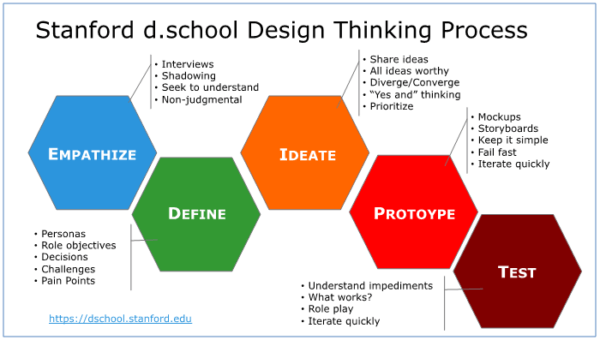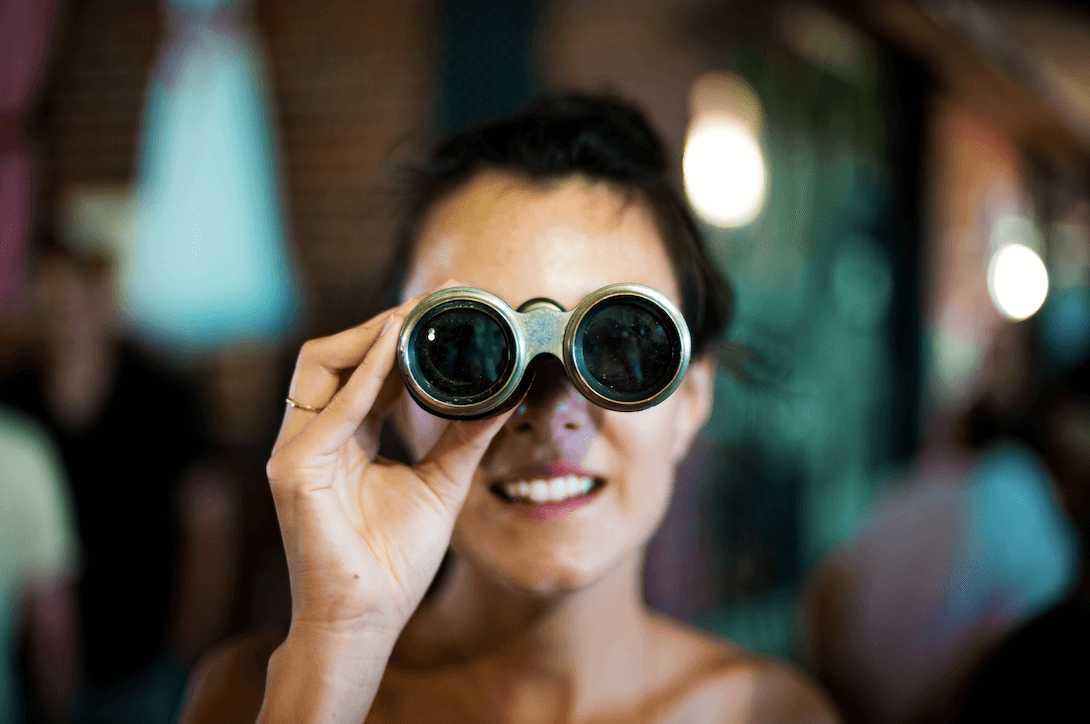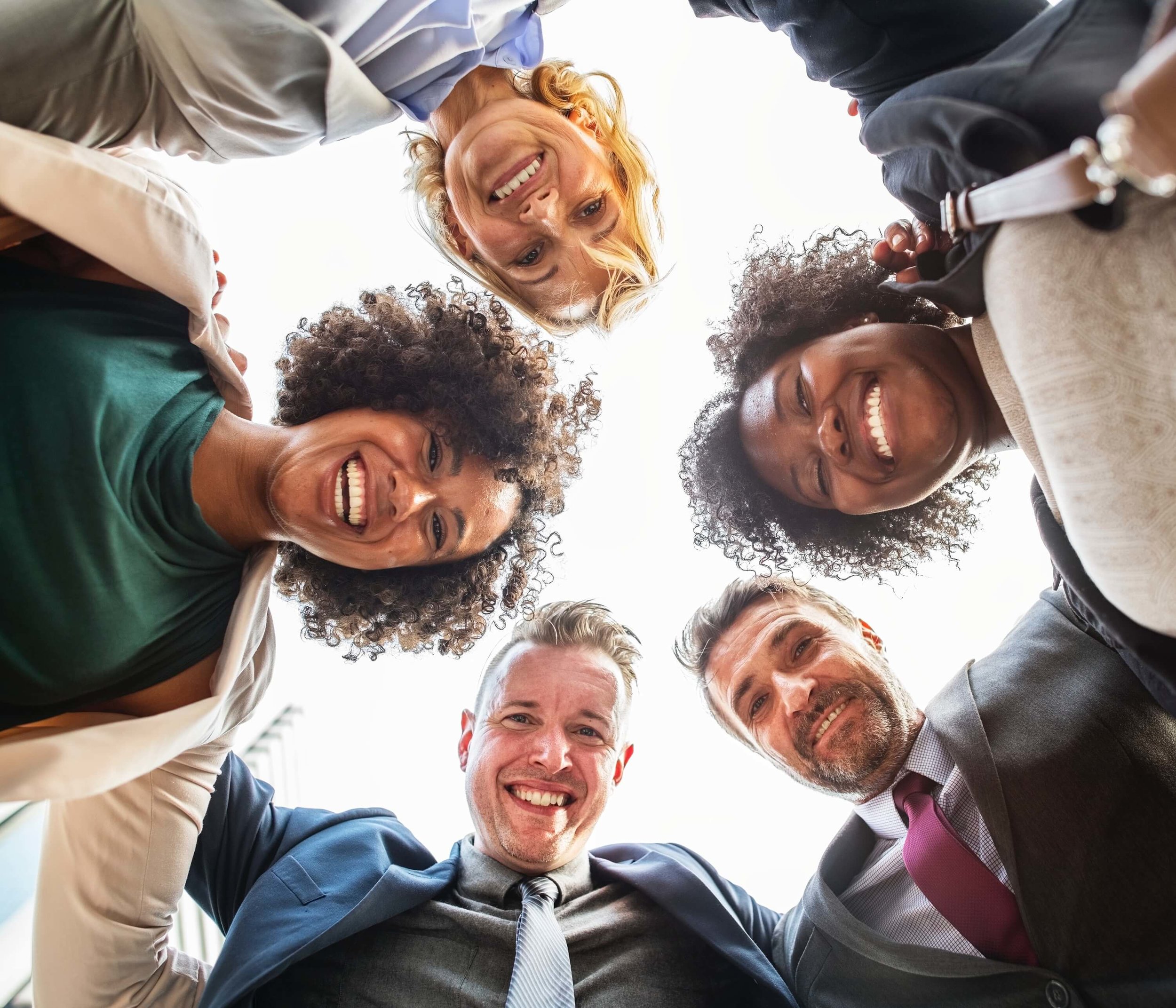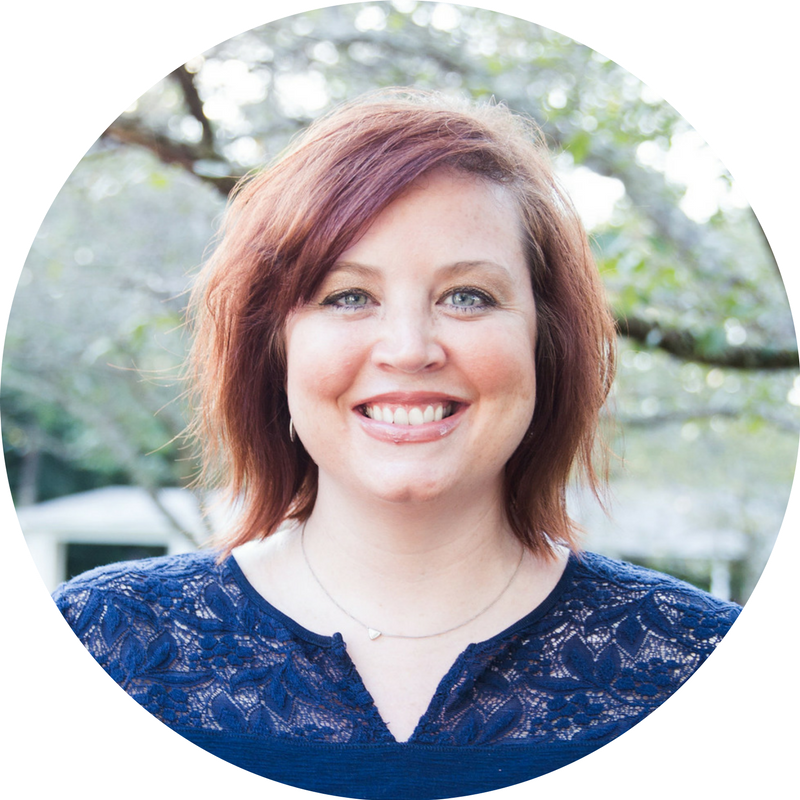For a lot of us, when we think of selling, the word “empathy” doesn’t come to mind. In fact, for many in the cause-focused space, particularly nonprofits, selling (just like marketing) is a bit of a bad word. However, it shouldn’t be.
If you have something that someone else needs or wants, isn’t that a good thing? That’s where it all begins.
Today, one of my spring interns, Rima Patel, is going to share how empathy intersects with the sales process, particularly the selling of products. I think this will not only be insightful, but good news for many of you.
You’re already leading a nonprofit, social enterprise, or other for-profit doing good, which means that empathy is at the core of what you do. This post will take it one step further, allowing you to see how empathy can be the glue that holds your triple bottom line together.
No one will deny that the key to creating a successful product is by thinking like the consumer. Putting yourself into their shoes and figuring out what they want can help make your great idea even more desirable. This concept is not unfamiliar to us; in fact, it’s something we aim to practice in our day-to-day lives. Whether it’s individuals trying to build strong relationships or cause-focused organizations trying to connect with consumers, empathy is essential.
Empathy is the ability to understand and share the feelings of others. Empathy is the difference between feeling for someone and feeling with them. Acknowledging feelings from shared experiences connects us as humans, beyond all the ways in which we separate ourselves—and that’s special. So special that it has the power to change lives and make an impact.
Maybe you’re an entrepreneur and you want your consumers to have an emotional connection to your product. Maybe you’re a nonprofit and you are trying to fix a social issue by inspiring others. Or maybe you’re a social enterprise and you just want to do more good. How can you use empathy to make a social impact?
Empathy can push you to create solutions that help others, but it can also push others to help you and your cause.
Empathy in the design process
A human-centered approach to innovation
Design thinking is a popular process that many social enterprises use today to creatively solve problems and make social impacts. This process takes a human-centered approach and involves five steps: empathize, define, ideate, prototype, and test.
This semester, my Intro to Entrepreneurship professor decided to focus her class around the design thinking process, giving us the task of creating a product that would help solve the issue of climate change on campus. After the project was over, in a class with almost 300 students, we all came to the same general consensus: the empathize stage was the most important.
At first, many of us had a lot of great ideas, but the empathize stage made us quickly realize that our ideas could be better.
We all knew the problems associated with climate change and we all knew the different methods to prevent it, but what we didn’t know was how much people were actually willing to do. We found that college students want to help the environment, but don’t want to go out of their way to do it. You’ve probably seen something similar with your audience.
We realized that methods requiring the consumer to take some action like using water refill stations or compost bins don’t go as far as methods that don’t require the consumer to take an action, like putting motion detector lights in dorms. Creating the most value for our consumer requires using empathy to understand the best way to solve the problem.
The empathize stage not only helped us understand the consumer and how they felt about the issue to make the most efficient product, but helped us understand what steps they might actually take. Without empathy, our product might have ended up useless, unrealistic, and ultimately unsuccessful.
So, how do you use empathy in the design process? The first step is to ask questions.
Ask yourself:
What do you know about the problem?
What do you not know?
What are your assumptions?
Then ask others:
How do they feel about the problem?
How does it impact their life?
What are they willing to do about it?
These insights will help you understand the problem, who is involved, and how you might go about solving it in a way that brings others into the process for a more successful solution.
We all have great ideas that we want to see come to life, but if we want to be as successful as we can, it’s necessary that we open our ideas to other perspectives. Using empathy, you can see what would work and what would not, how people react to and feel about your ideas, and how to make them better.
There are many solutions to a problem, but the best solution is the one that begins with empathy.
Consumer empathy
Stop marketing products, start marketing feelings
Today, consumer empathy has become quite popular because companies are starting to realize its impact. If people have an emotional connection to a product, they are far more likely to buy it. If people share the same feelings as an organization, they are far more likely to support it.
Consumer empathy makes people feel less like consumers and more like humans, and that appeal is strong enough to make a positive impact on businesses and on the world.
Consumer empathy involves not only understanding the desires and struggles of the consumer, but also sharing those feelings with them. A great example of consumer empathy is a commercial for Cardstore by American Greetings in 2014. In order to promote their website, American Greetings sparked a common, shared feeling—the love we have for our mothers—and used it to help the audience create an emotional attachment with the brand. With this commercial, American Greetings was marketing a feeling, not a product.
Another great example is TOMS, a shoe company that built its brand on the concept that for every pair of shoes sold, there was also a pair given to a child with no shoes. Growing up, I remember seeing so many TOMS flags hanging up in bedrooms. Why were people so inclined to hang a shoe brand up on their wall?
The flag represented a feeling, an emotional attachment to the product, and a sense of pride for doing something good. TOMS recognized the power of making every person who purchased their shoes feel like they made a significant impact, and were part of a solution to a big problem. Today, TOMS continues to use consumer empathy to discuss other important social issues, like gun violence.
Now, it might seem like empathy is an obvious tool for marketing products. Of course thinking like the consumer is necessary for creating something that is valuable and relevant to them. Unfortunately, many companies still lack this skill.
Pepsi, for example, aired a commercial in 2017 amidst the rise of the Black Lives Matter movement. The commercial involved Kendall Jenner joining an ambiguous protest and sharing a Pepsi with a police officer, sparking unity and excitement among everyone. Pepsi received severe backlash, taking down the ad several days later, and responses to the commercial gave a clear understanding as to why. A former organizer for BLM said, “No one is finding joy from Pepsi at a protest.” Bernice King, daughter of MLK Jr., tweeted, “If only daddy knew the power of #Pepsi.” To make things worse, the face of the ad was a rich, white supermodel who has no history of being an advocate for BLM, or any other social issue for that matter. Pepsi failed to understand their consumers and how they feel about the issue, which is what made the ad unsuccessful.
So, what did Pepsi do wrong? Pepsi’s commercial was trying to ignore the problem. Its message does not fall far from, “Why can’t we all just get along?” It provides a “solution” without actually acknowledging the existing problem of police brutality that some black people face everyday in America.
Empathy goes beyond just understanding someone's feelings; it requires learning to share them, too. Pepsi attempted to use a current, popular trend in social justice to promote their brand and make more money. Their mistake was leaving out empathy, and it was a mistake they could have avoided had they taken more time to know their consumer.
Using empathy in marketing involves understanding how your consumer feels, but it also involves understanding how your consumer will react. How do they want to feel, and can you make them feel that?
Using empathy to create social change
How feelings can change the world
The beauty of empathy is that it affects all of us.
Whether we are selling or buying the idea, it makes us all feel something. Empathy reminds us that we are all human and that we share experiences and feelings. It has been a tool used around the world to make individual problems feel universal.
Empathy allows consumers to feel like they are being heard and understood, that they are not alone, and that there are people out there trying to solve their problems. It sparks inspiration and motivation for people to work towards the things they care about.
As entrepreneurs and innovators, it is essential that we practice empathy in all aspects and phases of our projects—from idea to design to marketing. So, ask questions and open your ears. Understand who you’re working with and what they’re feeling.
Remember that empathy involves shared experiences, so remind yourself of your feelings and why you got involved with your cause to begin with. Keep in mind that the product or the profit isn’t special, but the feeling it invokes and how those feelings might eventually change the world is.
Developing Your Empathy Muscle
Empathy 101
One question that may have come up in reading this post might be something like, “Is it necessary to have empathy if others around me already do?”
In other words, is access to others with empathic skills just as valuable as learning those skills for yourself? In my opinion, no. Empathy is a skill we want to individually develop because it is a skill we can use in all aspects of our lives, not just work.
Having access to others with empathy is a great way to learn empathy; however, relying on others for empathy to make your ideas better only limits yourself.
Empathy isn’t just meant to benefit your business. It can be the very thing that motivates and inspires you when approached with a challenge or failure. Learning and practicing empathy puts things into perspectives you might never see otherwise, and that’s an important skill everyone should try to have.
If you want to develop more empathy, here are four recommendations:
As mentioned, hang out with people who have empathy. Surround yourself with people who challenge you to improve.
When you are around people who are more empathetic than you, ask questions that will help you understand their perspective and how they identify with the emotions of others.
Read more literature. According to research, fiction can make you more empathic and improve your EQ, or emotional intelligence.
Travel to new places. Putting yourself in unfamiliar environments and around different cultures is a great way to get out of your comfort zone and develop an appreciation for others.
I’m Rima Patel, an upcoming senior at North Carolina State University, majoring in Sociology with minors in Business Administration and Nonprofit Studies. My ultimate goal in life is to do good and help people, and right now I’m doing that through marketing for nonprofits.
I hope to make significant impacts on social issues through innovation and social entrepreneurship.
PIN THIS POST FOR LATER
I’m Kristi Porter, and I help cause-focused organizations understand and execute effective marketing campaigns so they can move from stressed to strategic. Your resources may be limited, but your potential isn’t. Whether you’re a nonprofit, social enterprise, or small business who wants to give back, I’ll show you how to have a bigger impact.

















































